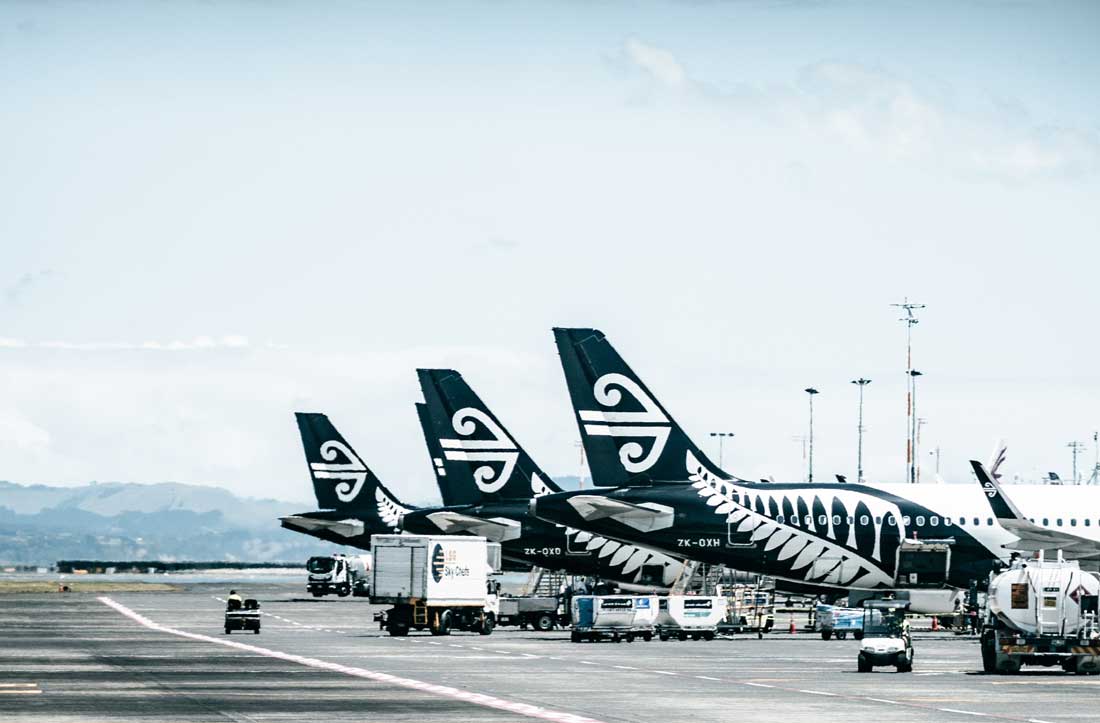Air New Zealand is the flag carrier airline of New Zealand. Based in Auckland, the airline operates scheduled passenger flights to 20 domestic and 32 international destinations in 20 countries, primarily around and within the Pacific Rim. It has been a member of the Star Alliance since 1999.
During the 1980s the airline was helmed by Norman Geary, whose mission was to take an airline which was woefully under-capitalised and heavily in debt, and turn it into the envy of its rivals.
Air New Zealand had set it's sights on reducing operating costs and boosting revenues. CEO Geary accomplished that by convincing the government to back him up in key areas such as labour relations.

Image: Douglas Bagg
Having operated with a fairly vertical structure during former CEO Morrie Davis' tenure, Geary was intent on changing things up, in part by opting to roll out a much flatter organisational structure.
The airline had identified a need to improve the relationships between flight, cabin and ground crew. Three cohorts were selected to participate in a series of workshops run by the Professional Management Consulting Group (our former trading name). Each cohort was comprised of a mix of members from each of the three identified crew groupings (flight, cabin and ground).
The essential problem being worked on was this.
How can this large organisation transition from its current state, in such a way that it can foster improved collaboration and working relationships between disparate functional groups in a restructured, and flatter organisation?
PMCG worked closely with the members of each cohort, adopting a profiling/workshopping approach and with the aim of improving collaboration between the members of each group.
Three Promana assessments were chosen for each participant to complete. These assessment results were able to then be combined to create a piture of the orgnisational norms - at least insofar as the test groups could be considered to be indiciative.
Assessments used in the program of work
Changing organisational structure had been the easy part. But making the cultural and behavioural transition from heirarchical to flat organisation required a shared understanding of how and why people could be more effective in a new, more collaborative structure
The program was successful in a number of ways.
First, we delivered a relatable, objective and insightful observational experience for stakeholders. Participants and observers were able to see clearly the degree to which behavioural factors and strategies were used by particpants.
Situational insights were also gained. Participants (in interview) reported seeing how the flatter organisational structure would affect their work practices and on-the-job behaviours.